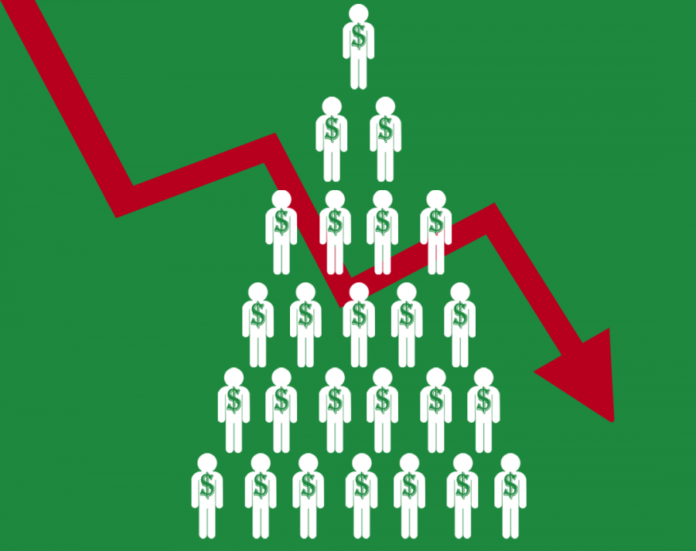In recent years, the healthcare industry has witnessed the emergence of a concerning trend: medical aid pyramid schemes. These schemes, which promise lucrative returns through participation in medical aid networks, often prey on vulnerable individuals seeking affordable healthcare solutions. Here, we delve into the workings of medical aid pyramid schemes, their potential risks, and strategies for safeguarding against exploitation.
Understanding Medical Aid Pyramid Schemes:
At their core, medical aid pyramid schemes operate on the principles of recruitment and investment. Participants are enticed to join by the promise of discounted healthcare services or financial rewards for enrolling new members. The structure typically involves multiple tiers, with higher-ranking members earning commissions from the contributions of those they recruit.
Key Characteristics of Medical Aid Pyramid Schemes:
- Recruitment Focus: Participants are incentivized to recruit new members rather than selling legitimate healthcare products or services.
- Financial Incentives: The promise of high returns on investment or commissions for recruiting others is used to lure participants.
- Lack of Transparency: Schemes often obscure the true nature of their operations and may use complex compensation structures to obfuscate the flow of funds.
- Unsustainable Model: The financial viability of pyramid schemes relies on a constant influx of new participants, making them inherently unstable and prone to collapse.
Risks and Consequences:
- Financial Loss: Participants at the bottom of the pyramid are most vulnerable to financial loss, as they may struggle to recruit enough new members to recoup their initial investment.
- Legal and Regulatory Issues: Medical aid pyramid schemes often operate in a legal gray area, raising concerns about compliance with healthcare regulations and consumer protection laws.
- Quality of Care: Patients who rely on pyramid schemes for healthcare services may receive substandard care or encounter difficulties accessing necessary treatments.
- Reputational Damage: Involvement in a pyramid scheme can tarnish the reputation of healthcare providers and erode trust in legitimate medical aid organizations.
Protecting Against Exploitation:
- Education and Awareness: Educating consumers about the warning signs of pyramid schemes can help prevent individuals from falling victim to fraudulent schemes.
- Regulatory Oversight: Government agencies and regulatory bodies play a crucial role in monitoring and enforcing compliance with healthcare laws and regulations.
- Due Diligence: Before participating in any medical aid program, individuals should conduct thorough research and seek independent verification of the scheme’s legitimacy.
- Reporting Suspected Schemes: Prompt reporting of suspected pyramid schemes to relevant authorities can help prevent further harm and hold perpetrators accountable.
In conclusion, medical aid pyramid schemes represent a significant threat to both patients and providers, undermining the integrity of the healthcare system and jeopardizing the well-being of those who rely on it. By raising awareness, strengthening regulatory oversight, and promoting transparency and accountability, stakeholders can work together to combat these fraudulent schemes and ensure access to safe, reliable healthcare for all.



